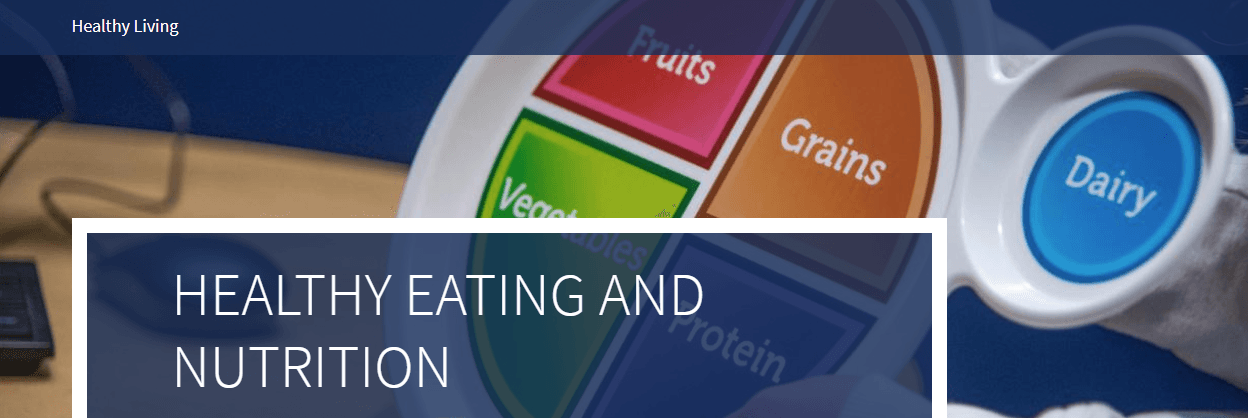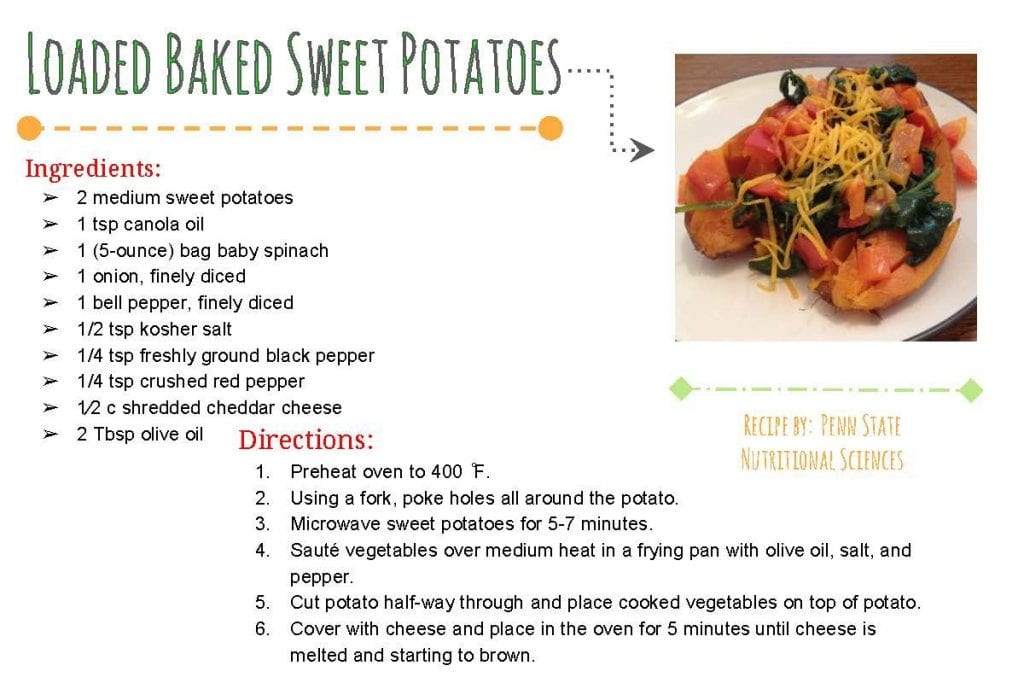By Megan Brunermer | HealthWorks Peer Educator
Have you ever heard someone say, “breakfast is the most important meal of the day”? Well, they’re right! Eating breakfast can improve your digestion and metabolism. Breakfast not only wakes you up and fuels your brain for the day, but also provides your body with the nutrients it needs to function properly. Examples of a healthy breakfast include whole grain cereals, fat-free or low-fat yogurt, and fruit. For more information about why breakfast is so important and tips on how to make a healthy breakfast on a busy schedule click here!
Citation: Publishing, H. H. (n.d.). Breakfast and your health. Harvard Health. https://www.health.harvard.edu/newsletter_article/Breakfast_and_your_health.

